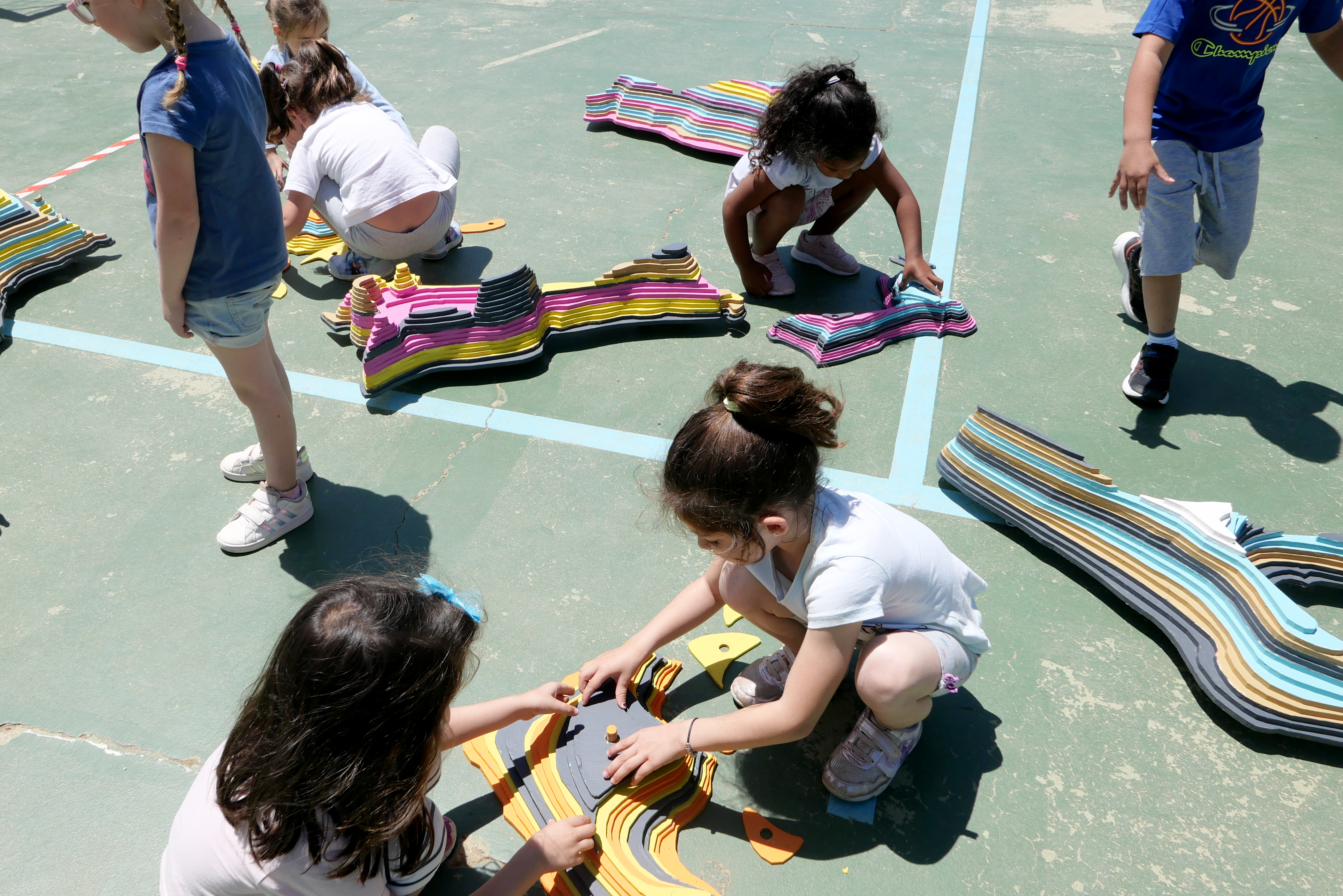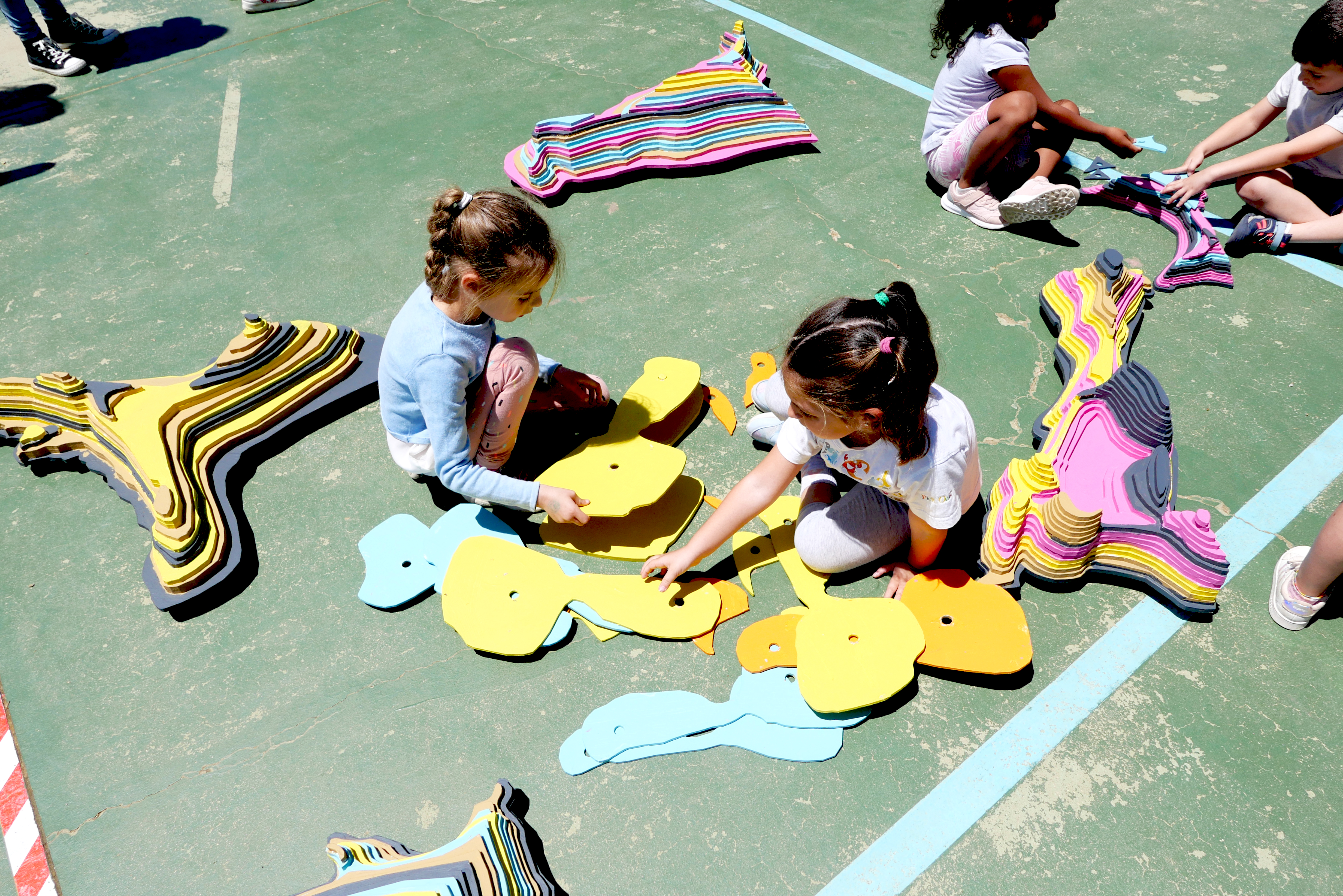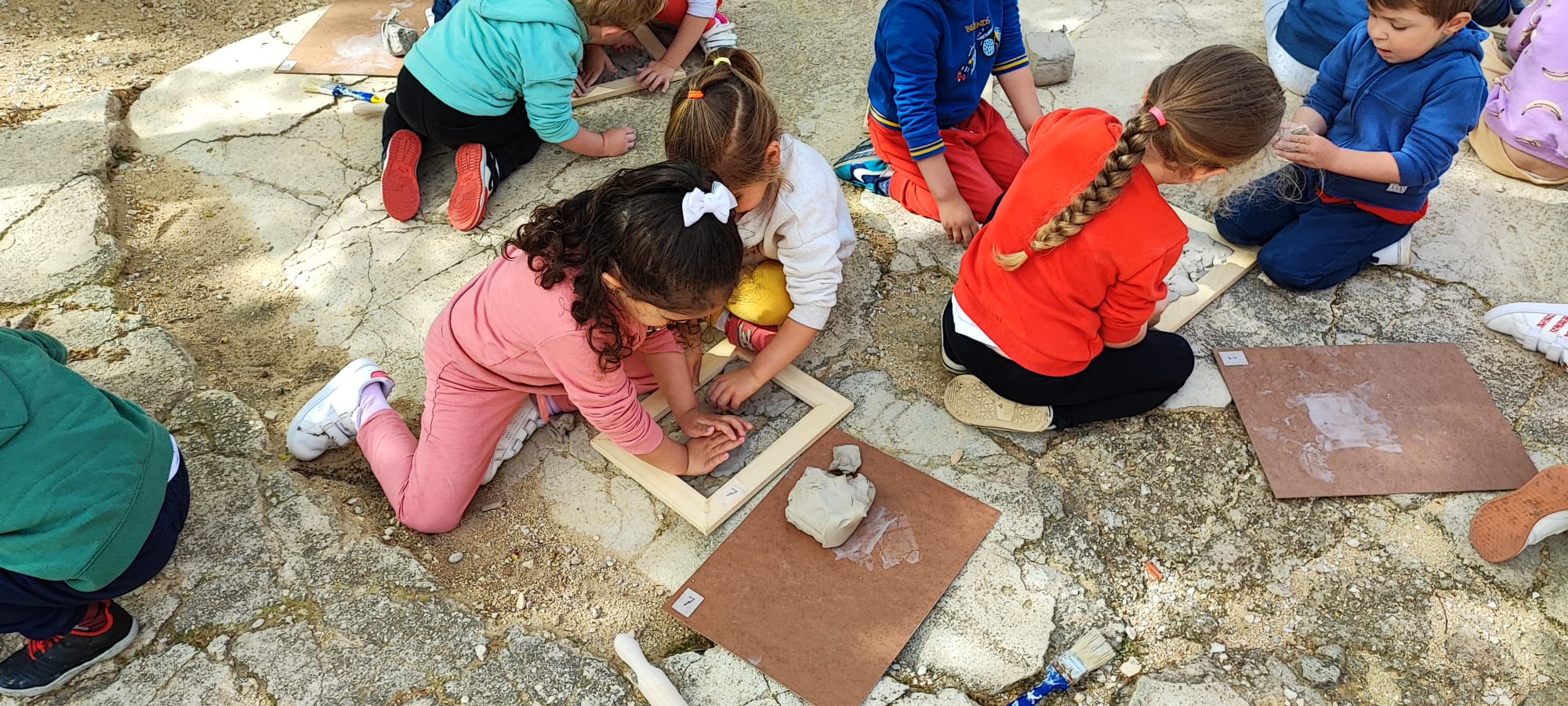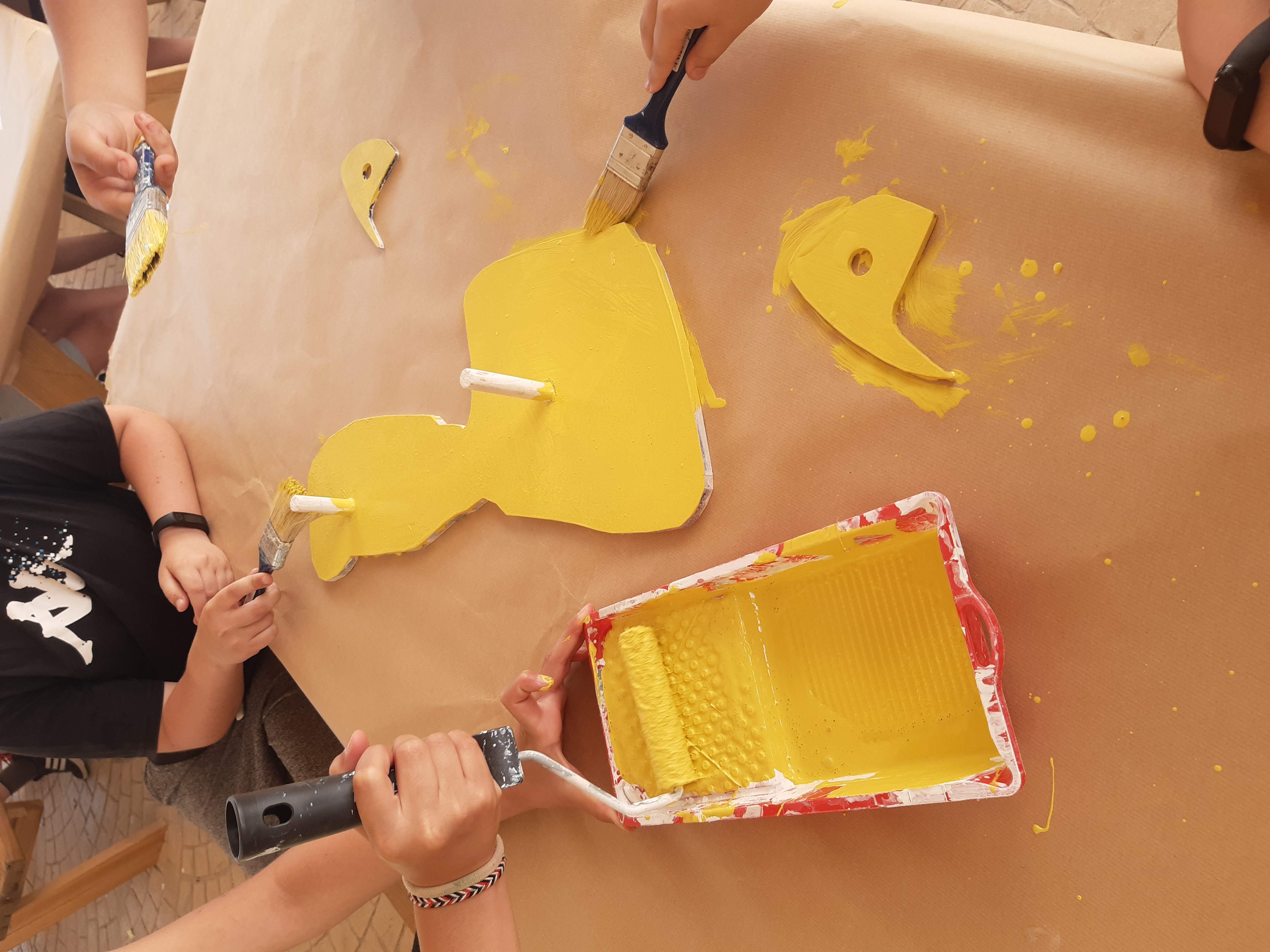Sin Grietas no habría mares (I&II) Without fissures there would be no seas
︎Programa Resistències Artístiques: Procesos artísticos en entornos educativos del Consorci de Museus de la Comunitat Valenciana y CEFIRE artístico-expresivo
(II) 2021-2022. CEIP Trenc d’Alba, Jávea, Alicante.(ES).
(I) 2020-2021. IES Serra d'Irta, Alcalà de Xivert, Castellón. (ES).
(II) 2021-2022. CEIP Trenc d’Alba, Jávea, Alicante.(ES).
(I) 2020-2021. IES Serra d'Irta, Alcalà de Xivert, Castellón. (ES).
Resistències Artístiques Program: Artistic processes in educational environments of the Consorci de Museus de la Comunitat Valenciana and CEFIRE artistic-expressive
(II) 2021-202. CEIP Trenc d’Alba, Jávea, Alicante. (ES).
(II) 2020-2021. IES Serra d'Irta, Alcalà de Xivert, Castellón. (ES).
(II) 2021-202. CEIP Trenc d’Alba, Jávea, Alicante. (ES).
(II) 2020-2021. IES Serra d'Irta, Alcalà de Xivert, Castellón. (ES).







Lo que hemos acabando obteniendo fue un laboratorio de geomorfologías inventadas. Para ello, hemos extraído moldes de grietas, que cartografiamos y que sirvieron de patrones para la realización de maquetas/esculturas construidas colectivamente a mayor escala. Estas diferentes acciones nos llevaron a abordar temas como la orografía, la sedimentación, la tectónica de las placas y hablar de personajes como la geóloga Marie Tharp. Con estas formas, estas muestras empíricas de ausencia de materia hemos intentado hacer palpables el movimiento, la impermanencia y el cambio.
En la primera edición del proyecto trabajamos con un grupo de voluntario de primero de ESO. En la segunda edición todas las clases del centro, desde primero de infantil hasta último de primaria, se han visto involucradas en función de las capacidades cognitivas de cada nivel educativo. Las diferentes etapas se desarrollaron como si de un cadáver exquisito se tratase: cada grupo trabajaraba basándose en el trabajo realizado por el grupo anterior y eso desde la fase de investigación hasta la fase de construcción.
De lo macro a lo micro y viceversa.
Cuando Marie Tharp empezó en 1948 a simbolizar los fondos marinos gracias a las señales sonoras de un sonar estaba lejos de imaginar que iba a descubrir las dorsales oceánicas y que el dibujo de esas fallas tendría unas consecuencias formidables en la comprensión de la dinámica terrestre. Esta geóloga iba a convertirse en uno de los agentes activos en la aceptación de la teoría de la deriva de los continentes y más adelante de la teoría de la tectónica de las placas. Esas teorías, aunque fueron planteadas siglos anteriores, solo fueron reconocidas científicamente a partir de los años sesenta.
En efecto, la idea de que el suelo sobre el cual vivimos pueda estar en movimiento y deslizarse, es una idea difícilmente comprensible y abarcable. Nos aferramos a lo sólido, a lo inmóvil. Sin embargo, las placas tectónicas se mueven a la misma velocidad que nuestras uñas o nuestro cabello. El suelo se mueve, vibra y tiembla.
What we ended up getting was a laboratory of invented geomorphologies. For this, we have extracted molds from cracks, which we mapped and which served as patterns for the realization of models/sculptures built collectively on a larger scale. These different actions led us to address topics such as orography, sedimentation, plate tectonics and talk about characters like the geologist Marie Tharp. With these forms, these empirical samples of the absence of matter, we have tried to make movement, impermanence and change tangibles.
In the first edition of the project we worked with a group of first grade of secondary
School volunteers. In the second edition, all classes at the center, from the first kindergarten to the last year of primary school, have been involved according to the cognitive abilities of each educational level. The different stages were developed as if it were an exquisite corpse: each group worked based on the work done by the previous group and that from the research phase to the construction phase.
From macro to micro and vice versa.
When Marie Tharp began to symbolize the seabed using sonar sound signals in 1948, she was far from imagining that she would discover mid-ocean ridges and that the drawing of these fault lines would have formidable consequences for the understanding of terrestrial dynamics. This geologist was to become one of the active agents in accepting the theory of continental drift and later the theory of plate tectonics. These theories, although they were raised centuries before, were only scientifically recognized from the sixties.
Indeed, the idea that the ground on which we live can be in motion and slide, is an idea that is difficult to understand and embrace. We cling to the solid, to the immobile. However, tectonic plates move at the same speed as our fingernails or our hair. The ground moves, vibrates and trembles.